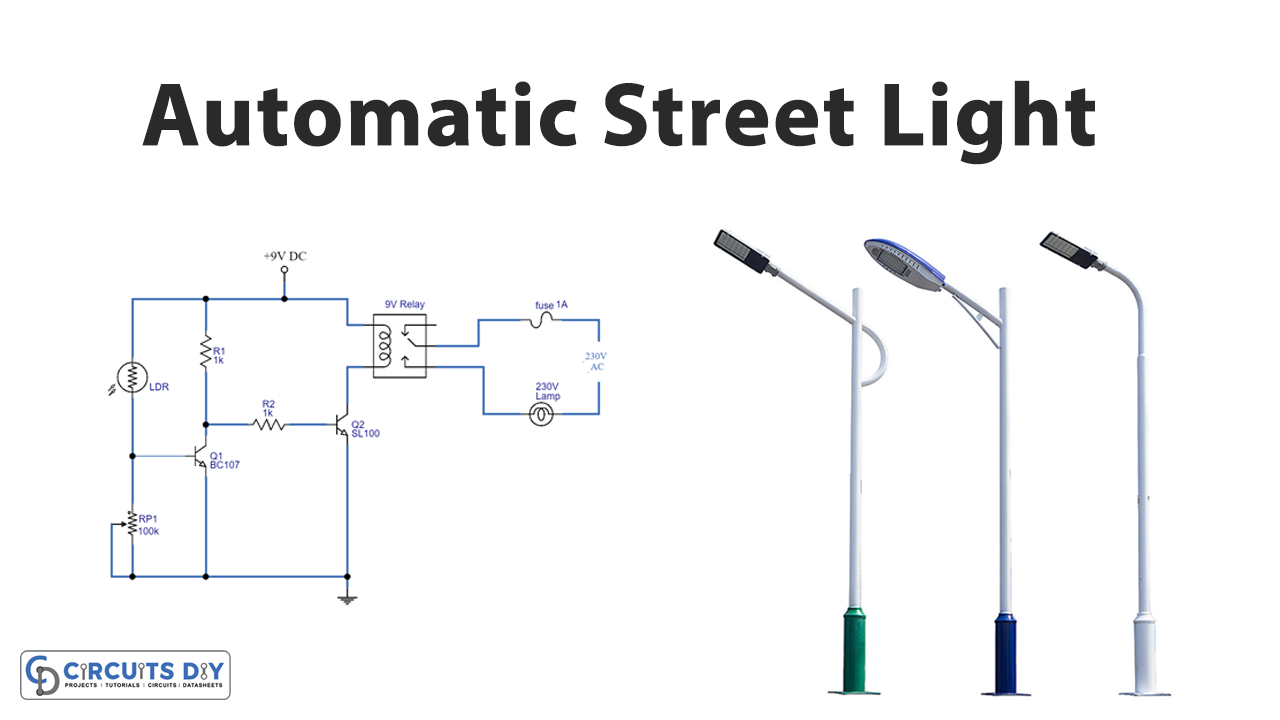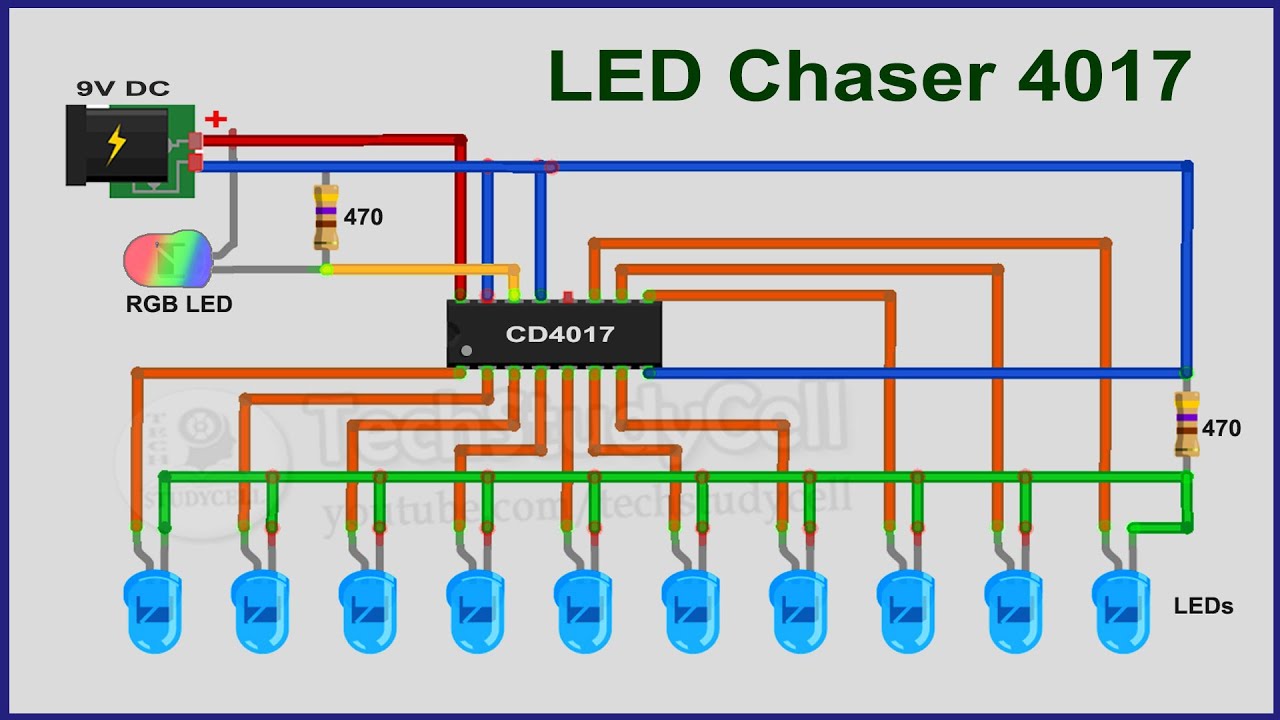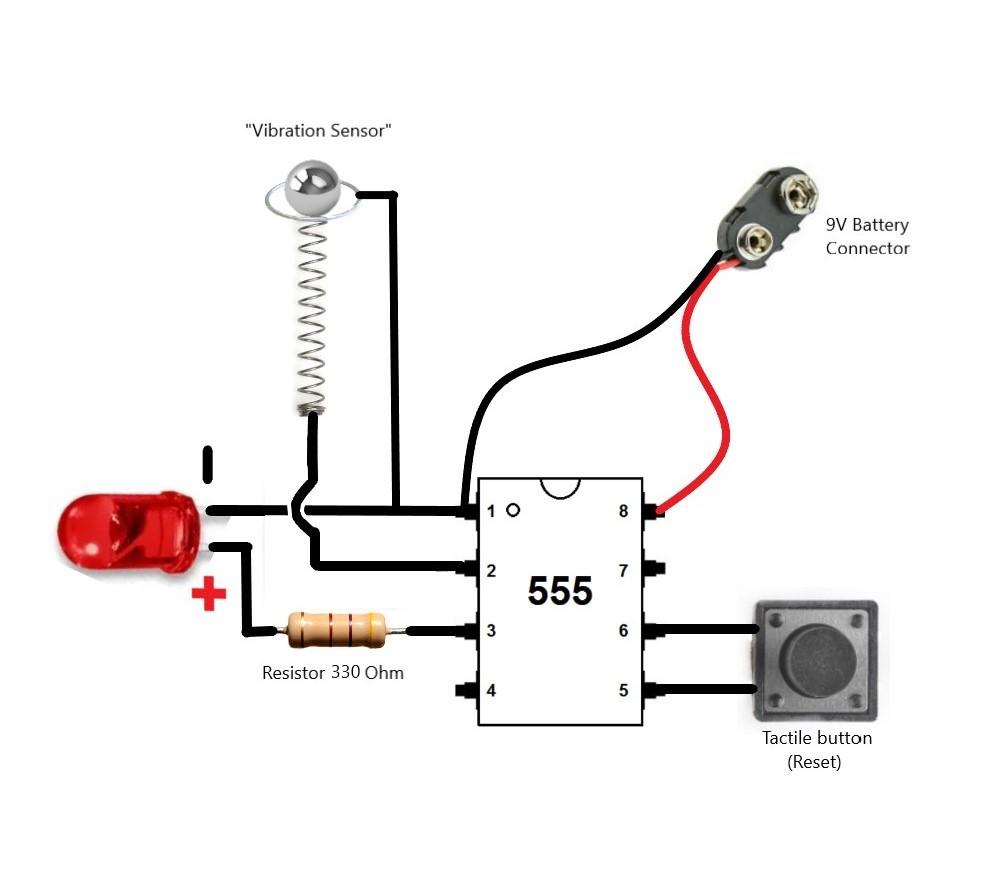Designing the Perfect Automatic Door Opener
Automatic door openers have become an essential feature in modern buildings, offering convenience and accessibility for everyone. Whether you are designing a new automatic door opener or upgrading an existing system, it is crucial to consider various factors to ensure that it functions efficiently and reliably. In this article, we will explore the best way to design an automatic door opener that meets the needs of both users and operators.
1. Understand the Requirements
The first step in designing an automatic door opener is to understand the specific requirements of the building and its users. Consider factors such as the location of the door, the amount of traffic it receives, the types of users (including individuals with disabilities), and any regulatory requirements that need to be met. By gathering this information, you can tailor the design of the automatic door opener to meet these specific needs.
2. Choose the Right Type of Automatic Door Opener
There are various types of automatic door openers available on the market, including sliding doors, swing doors, and revolving doors. Each type has its advantages and disadvantages, so it is essential to choose the right one based on the requirements of the building. Consider factors such as space constraints, aesthetic preferences, and maintenance requirements when selecting the type of automatic door opener.
3. Consider the Power Source
Automatic door openers can be powered by electricity, batteries, or a combination of both. When designing an automatic door opener, consider the power source that best suits the needs of the building. Electric-powered automatic door openers are generally more reliable and suitable for high-traffic areas, while battery-powered openers are ideal for buildings where access to electricity may be limited or unreliable.
4. Ensure Safety and Accessibility
Safety and accessibility are paramount when designing an automatic door opener. Ensure that the door opener complies with all relevant safety standards and regulations, including those related to force sensing, motion detection, and emergency stop functionality. Additionally, consider incorporating features that enhance accessibility for individuals with disabilities, such as automatic activation buttons at an appropriate height.
5. Test and Fine-Tune the System
Before deploying the automatic door opener, it is crucial to test the system thoroughly to ensure that it functions as intended. Perform tests under various conditions, such as different temperatures and traffic levels, to identify any potential issues early on. Once the system is installed, regularly monitor and fine-tune its performance to address any maintenance issues that may arise.
Conclusion
Designing an automatic door opener requires careful consideration of various factors, including the requirements of the building, the type of door opener, the power source, safety and accessibility features, and thorough testing. By following these best practices, you can design a reliable and efficient automatic door opener that enhances the user experience and meets the needs of all building occupants.
Designing the Perfect Automatic Door Opener
Automatic door openers have become an essential feature in modern buildings, offering convenience and accessibility for everyone. Whether you are designing a new automatic door opener or upgrading an existing system, it is crucial to consider various factors to ensure that it functions efficiently and reliably. In this article, we will explore the best way to design an automatic door opener that meets the needs of both users and operators.
1. Understand the Requirements
The first step in designing an automatic door opener is to understand the specific requirements of the building and its users. Consider factors such as the location of the door, the amount of traffic it receives, the types of users (including individuals with disabilities), and any regulatory requirements that need to be met. By gathering this information, you can tailor the design of the automatic door opener to meet these specific needs.
2. Choose the Right Type of Automatic Door Opener
There are various types of automatic door openers available on the market, including sliding doors, swing doors, and revolving doors. Each type has its advantages and disadvantages, so it is essential to choose the right one based on the requirements of the building. Consider factors such as space constraints, aesthetic preferences, and maintenance requirements when selecting the type of automatic door opener.
3. Consider the Power Source
Automatic door openers can be powered by electricity, batteries, or a combination of both. When designing an automatic door opener, consider the power source that best suits the needs of the building. Electric-powered automatic door openers are generally more reliable and suitable for high-traffic areas, while battery-powered openers are ideal for buildings where access to electricity may be limited or unreliable.
4. Ensure Safety and Accessibility
Safety and accessibility are paramount when designing an automatic door opener. Ensure that the door opener complies with all relevant safety standards and regulations, including those related to force sensing, motion detection, and emergency stop functionality. Additionally, consider incorporating features that enhance accessibility for individuals with disabilities, such as automatic activation buttons at an appropriate height.
5. Test and Fine-Tune the System
Before deploying the automatic door opener, it is crucial to test the system thoroughly to ensure that it functions as intended. Perform tests under various conditions, such as different temperatures and traffic levels, to identify any potential issues early on. Once the system is installed, regularly monitor and fine-tune its performance to address any maintenance issues that may arise.
Conclusion
Designing an automatic door opener requires careful consideration of various factors, including the requirements of the building, the type of door opener, the power source, safety and accessibility features, and thorough testing. By following these best practices, you can design a reliable and efficient automatic door opener that enhances the user experience and meets the needs of all building occupants.



